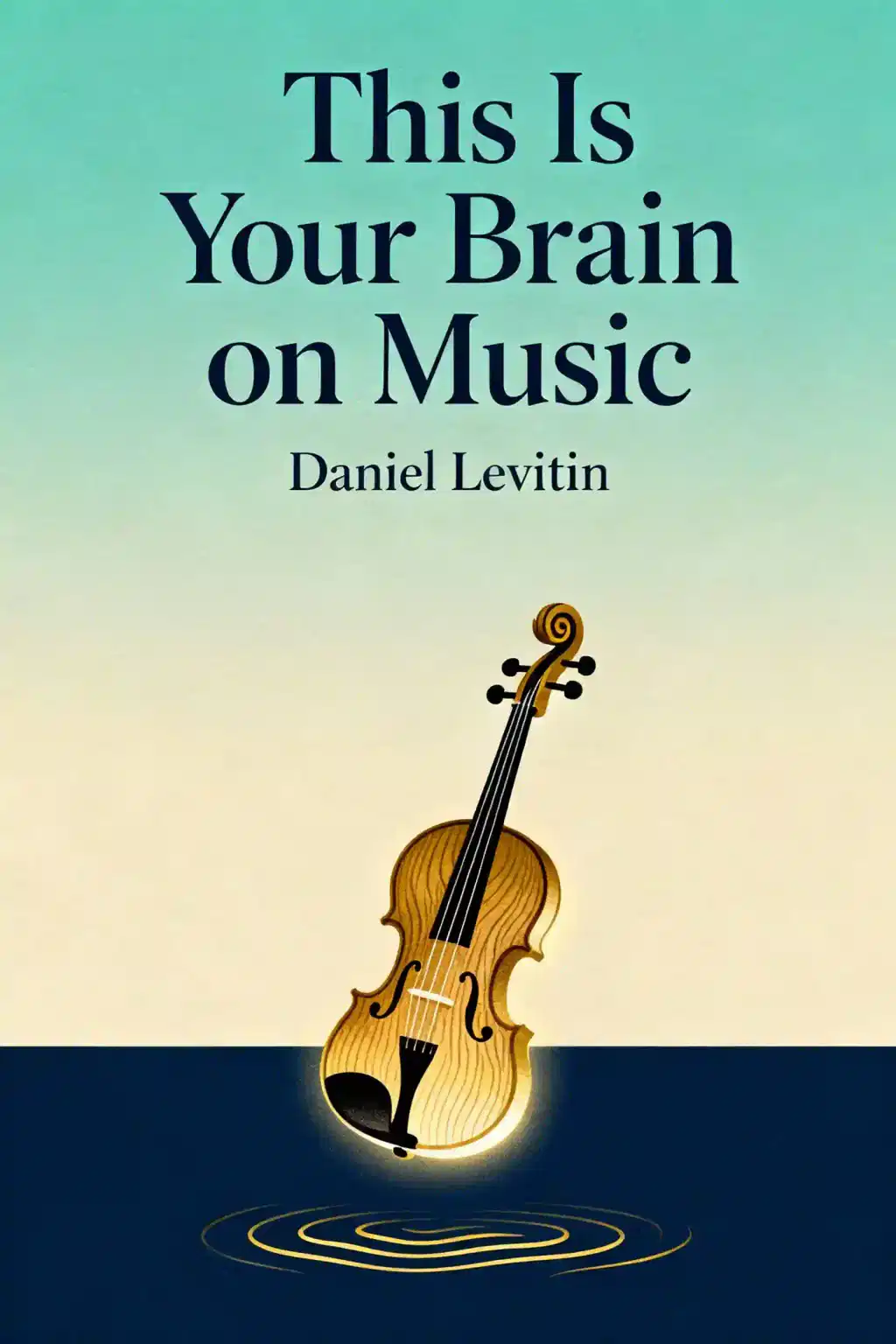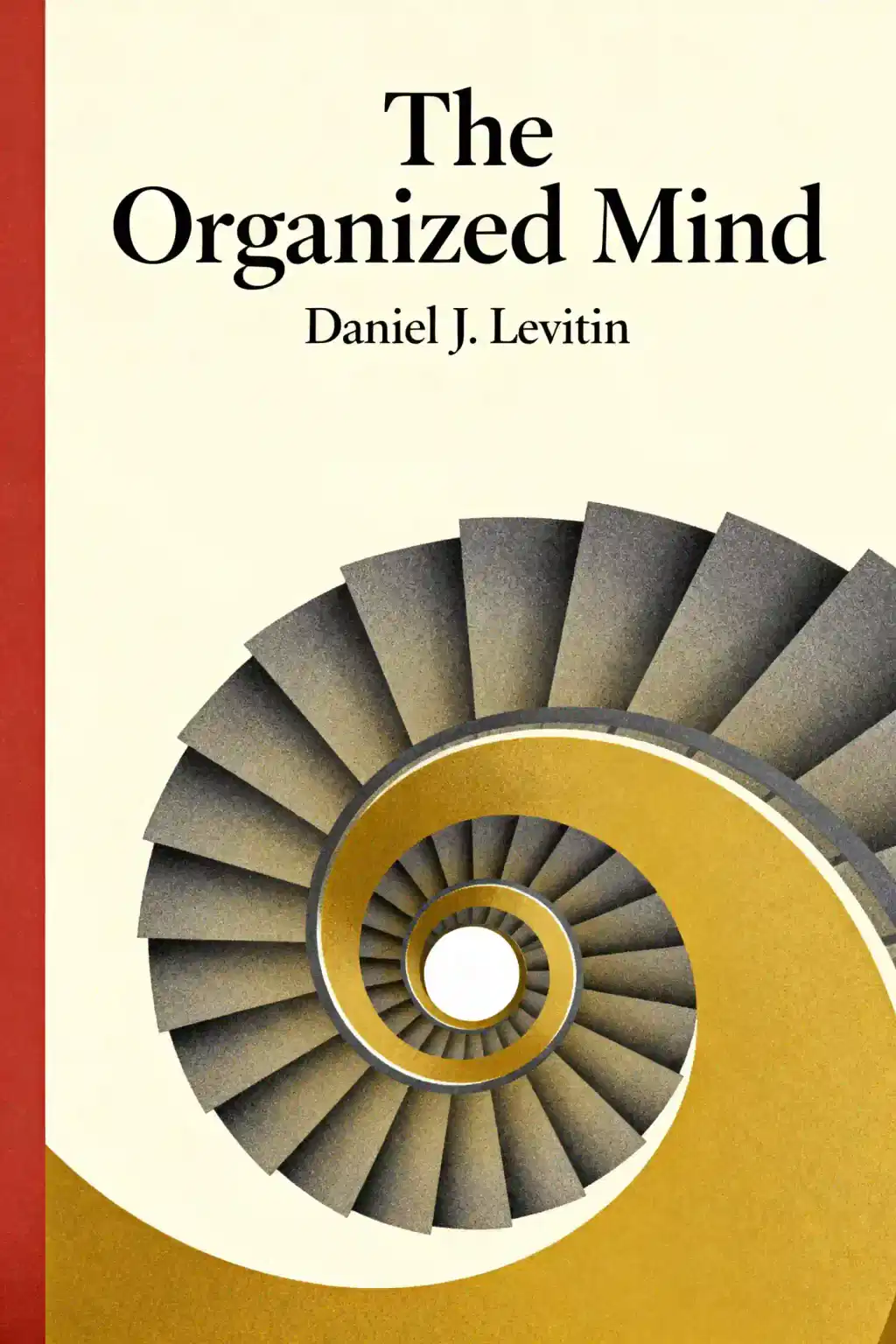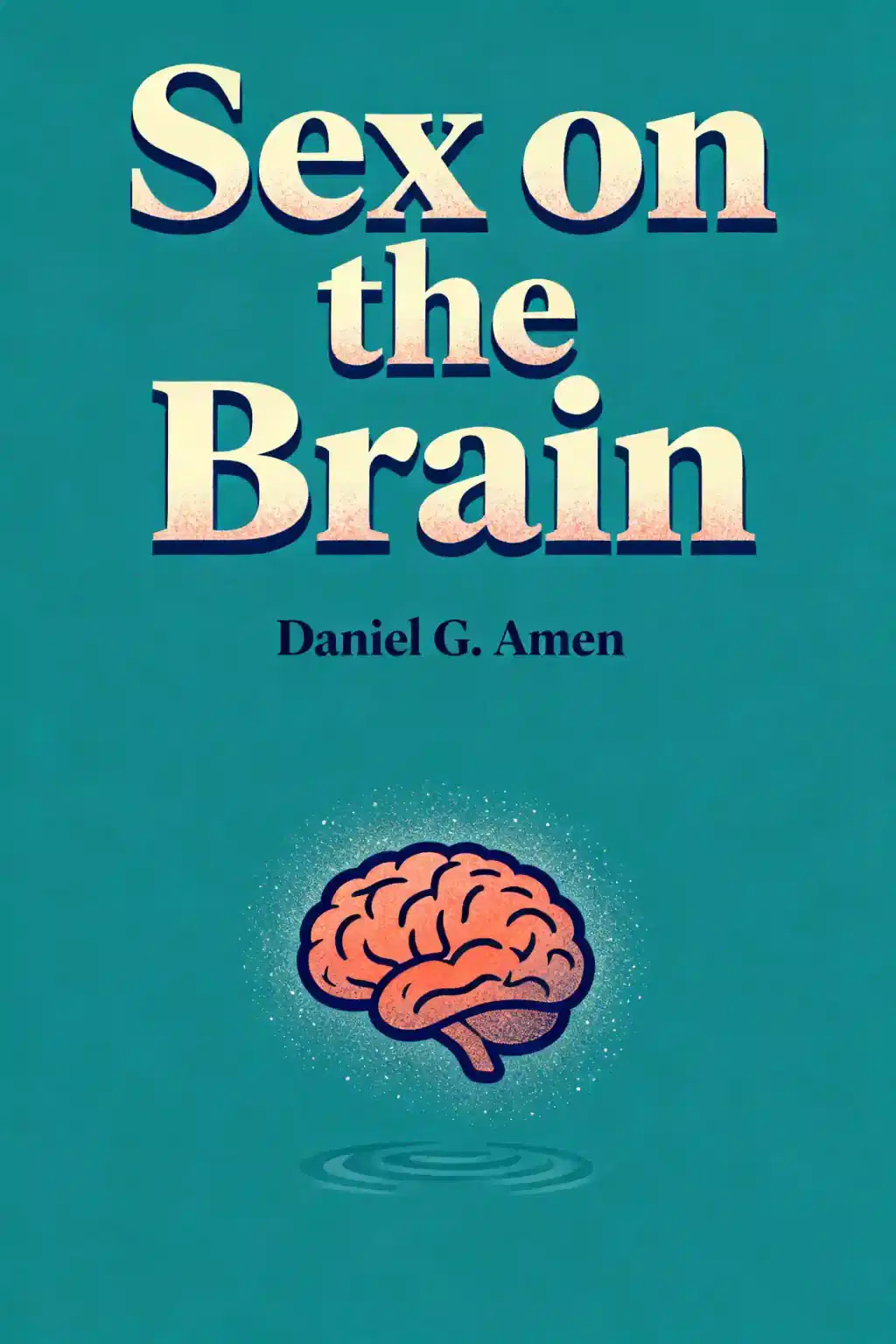What is
This Is Your Brain on Music by Daniel Levitin about?
This Is Your Brain on Music explores how music interacts with the brain, blending neuroscience, psychology, and music theory. Levitin explains how rhythm, melody, and harmony trigger emotional and cognitive responses, while addressing music’s evolutionary role in social bonding and memory. The book challenges the idea that music is an evolutionary accident, proposing it as a key driver of human development.
Who should read
This Is Your Brain on Music?
Music enthusiasts, psychology students, and curious readers interested in neuroscience will find value in this book. Levitin’s accessible writing makes complex concepts like neuroanatomy and cognitive categorization engaging for non-experts, while musicians gain insights into how auditory processing shapes perception.
Is
This Is Your Brain on Music worth reading?
Yes—it’s a New York Times bestseller praised for bridging science and art. While some critique uneven pacing or technical sections, most find its exploration of musical memory, emotion, and evolutionary theory compelling. Levitin’s mix of research, anecdotes, and clear explanations makes it a standout in popular science.
What are Daniel Levitin’s credentials for writing this book?
Levitin holds a PhD in cognitive psychology and a music technology minor, with peer-reviewed research in Science and Nature. Before academia, he produced albums for Stevie Wonder and Santana. This dual expertise in neuroscience and music informs the book’s interdisciplinary approach.
What are the main ideas in
This Is Your Brain on Music?
- Musical Expectation: How the brain predicts notes, creating emotional tension/release.
- Memory & Emotion: Songs activate the hippocampus and amygdala, linking music to vivid memories.
- Evolutionary Role: Music may have preceded language, aiding social cohesion and mating.
How does Levitin explain the “auditory cheesecake” debate?
Levitin counters Steven Pinker’s claim that music is an evolutionary byproduct. Citing Darwin and studies on social bonding, he argues music enhanced survival by improving group coordination and emotional communication, making it central to human development.
What criticisms exist about
This Is Your Brain on Music?
Some readers find explanations of music theory basics redundant, while others want deeper neuroscience. A minority note uneven transitions between personal anecdotes and scientific content. Despite this, most praise its ability to simplify complex topics.
How does Levitin connect music to memory?
He describes how songs create “neuronal imprints”—unique brain patterns formed during first listens. These activate when recalling music, making melodies powerful triggers for autobiographical memories. Studies show imagined and heard music produce nearly identical brain activity.
What real-life applications does the book suggest?
- Music Therapy: Leveraging rhythm to improve motor skills in Parkinson’s patients.
- Education: Using melody to enhance memory retention.
- Productivity: Curating background music to optimize focus.
How does
This Is Your Brain on Music compare to Oliver Sacks’
Musicophilia?
While both explore music’s neural impact, Levitin focuses on universal cognitive mechanisms (e.g., expectation, categorization), whereas Sacks examines clinical case studies. Levitin’s book serves as a primer, while Sacks delves into rare neurological conditions.
What role does the cerebellum play in music perception?
Levitin highlights the cerebellum’s underappreciated role in timing and coordination during music processing. It helps predict rhythmic patterns and synchronize movement, illustrating how music engages both primal and advanced brain regions.
How does the book address musical genres and brain categorization?
The brain uses pattern recognition to classify music into genres, relying on tempo, instrumentation, and structure. Levitin ties this to Gestalt psychology principles, explaining how slight variations (e.g., key changes) don’t override genre identification.




















